Osteopathy
Safe one-on-one sessions to explore who you are and how you can create new possibilities
The Osteopathic Approach
Osteopathy is a manual practice used to restore balance and health to the body. It offers a health centered approach to care rather than a disease-based model. Osteopathy was developed by Dr. Andrew Taylor Still in 1874. He was a physician and surgeon with a creative mind and a fascination with the human body. His focus was to discover the root cause of dysfunction and pain so that vitality, form and function could be restored.
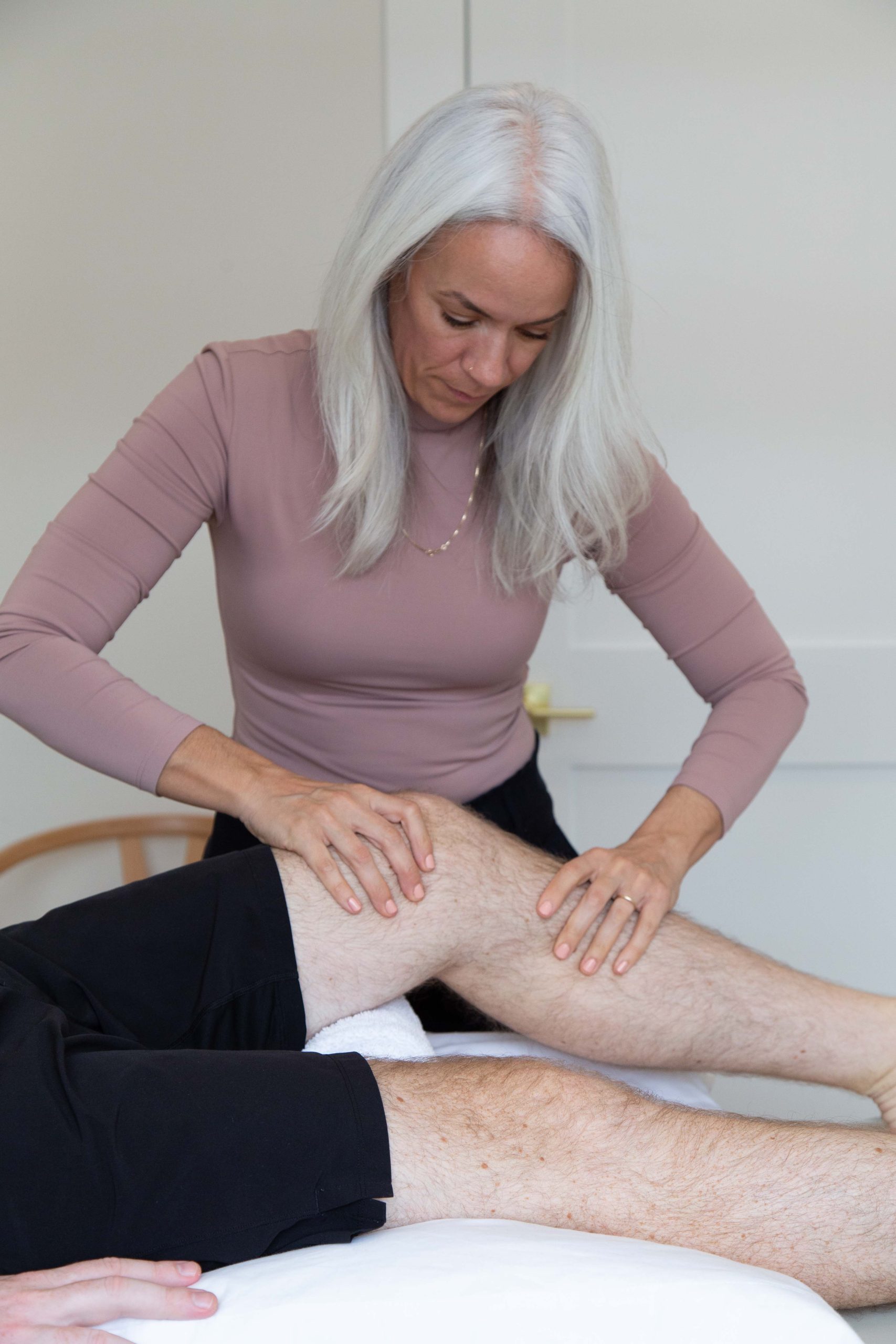
Structural Osteopathy
Structural osteopathy involves gentle mobilizations of bones, ligaments, tendons, muscle and fascia. Dysfunction can arise from acute injury, chronic overuse, incorrect posture and trauma. Techniques utilized include muscle energy, stretching, fascial unwinding, osteoarticular and soft tissue mobilization. Structural corrections can help to reduce pain, restore mobility, improve arterial, lymphatic and nerve supply and improve overall vitality.
Visceral Osteopathy
We are more than just bones, muscles and ligaments. We have organs which are very important for overall health. Visceral mobilization is similar to structural osteopathy but the goal is to restore function to the organ. Dysfunction can arise from diet, parasites, viruses, chronic stress, scars, restricted joint mobility, and trauma. Most techniques include soft tissue mobilization and are all preformed externally. Please note lifestyle modifications may also be necessary to support continued healing.
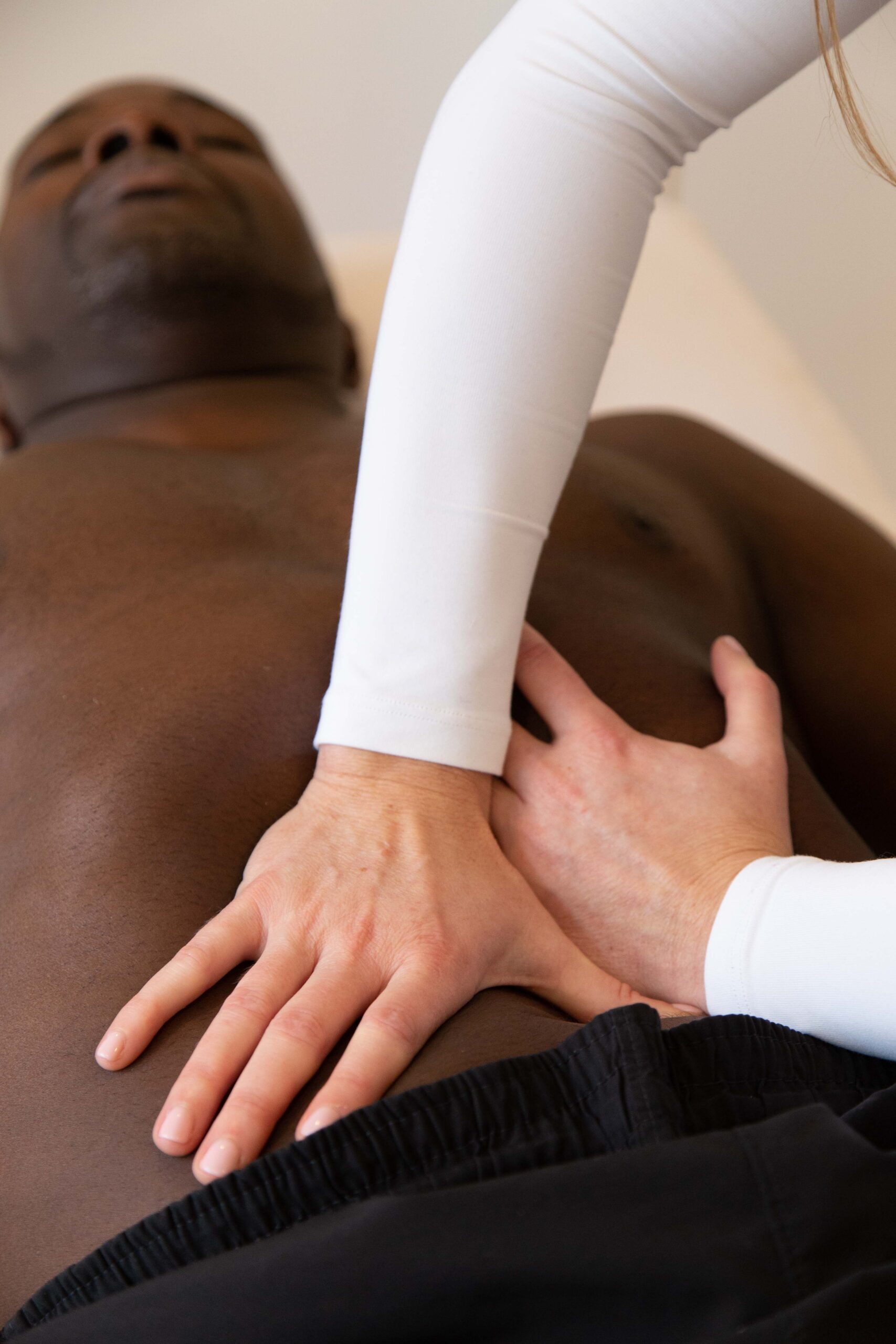
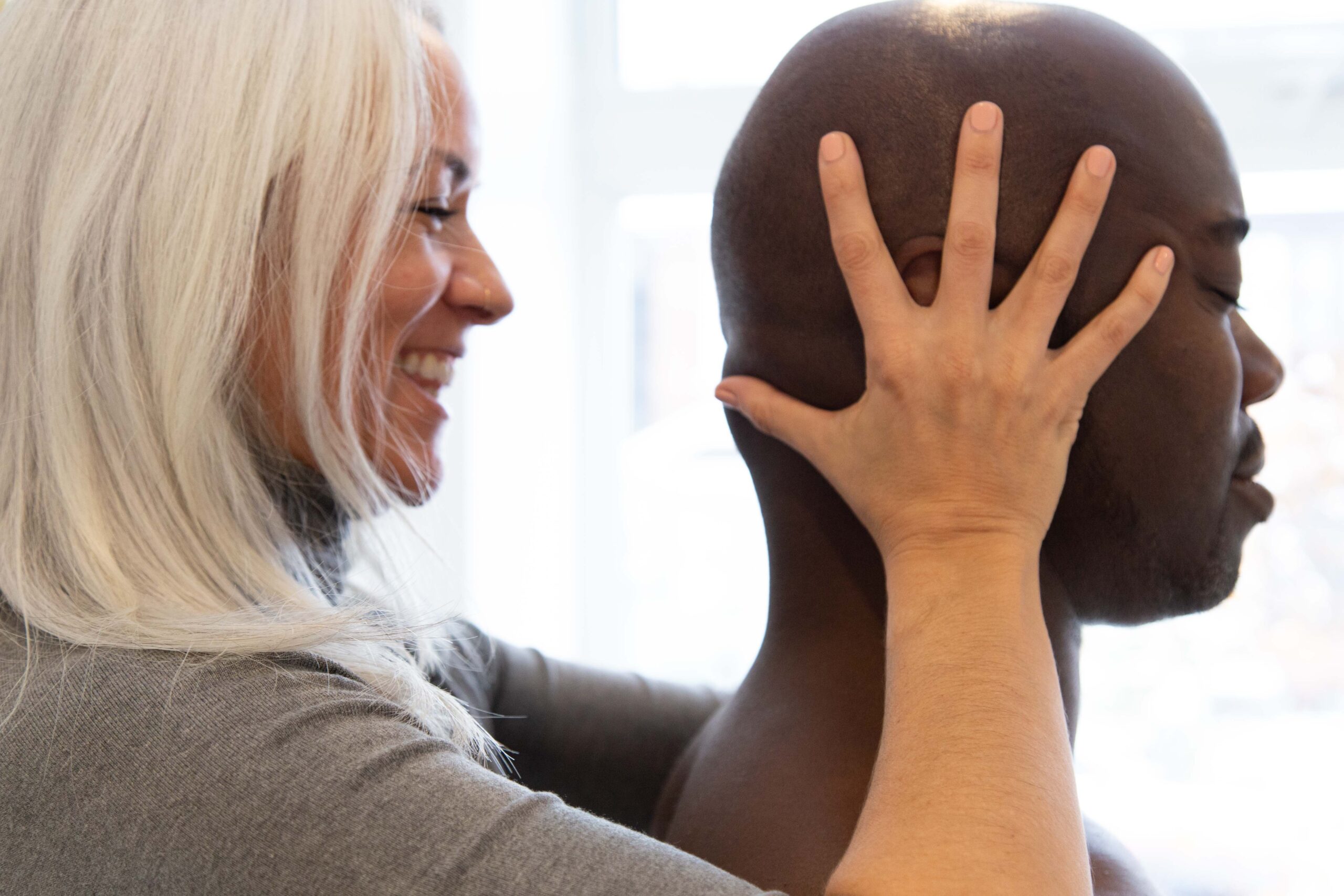
Cranial Osteopathy
Craniosacral therapy restores balance to the dura, central and peripheral nervous systems. The dura surrounds the brain and spine, which is the central nervous system. If you suffer from headaches, migraines, tight shoulders and neck muscles than cranial osteopathy is right for you. Cranial techniques are very gentle and can often induce extreme relaxation, sometimes even sleep. Techniques help to reduce dural tension, restore cerebrospinal fluid movement, improve blood flow and decrease central sensitization (over-active nervous system).
Osteopathy for Concussion
Concussion involves a complex neurometabolic cascade that disrupts several functions in the body. It is not isolated to the brain. Every concussion is different. Factors such as sex, previous history, and state of body health prior to concussion all factor into the recovery process. In osteopathy we believe the body has an innate ability to heal. Rest for 48 hours is recommended but after this time period movement and nutrition are important. Spontaneous resolution of concussion symptoms typically happens around 7-10 days post-injury. Osteopathy is always recommended as a treatment option for concussion whether there is complete resolution of symptoms or not. Osteopathic Manual Practitioners can be the case manager for care. Given the complexities of concussion a multi-disciplinary approach is often required but osteopathy is part of the solution.
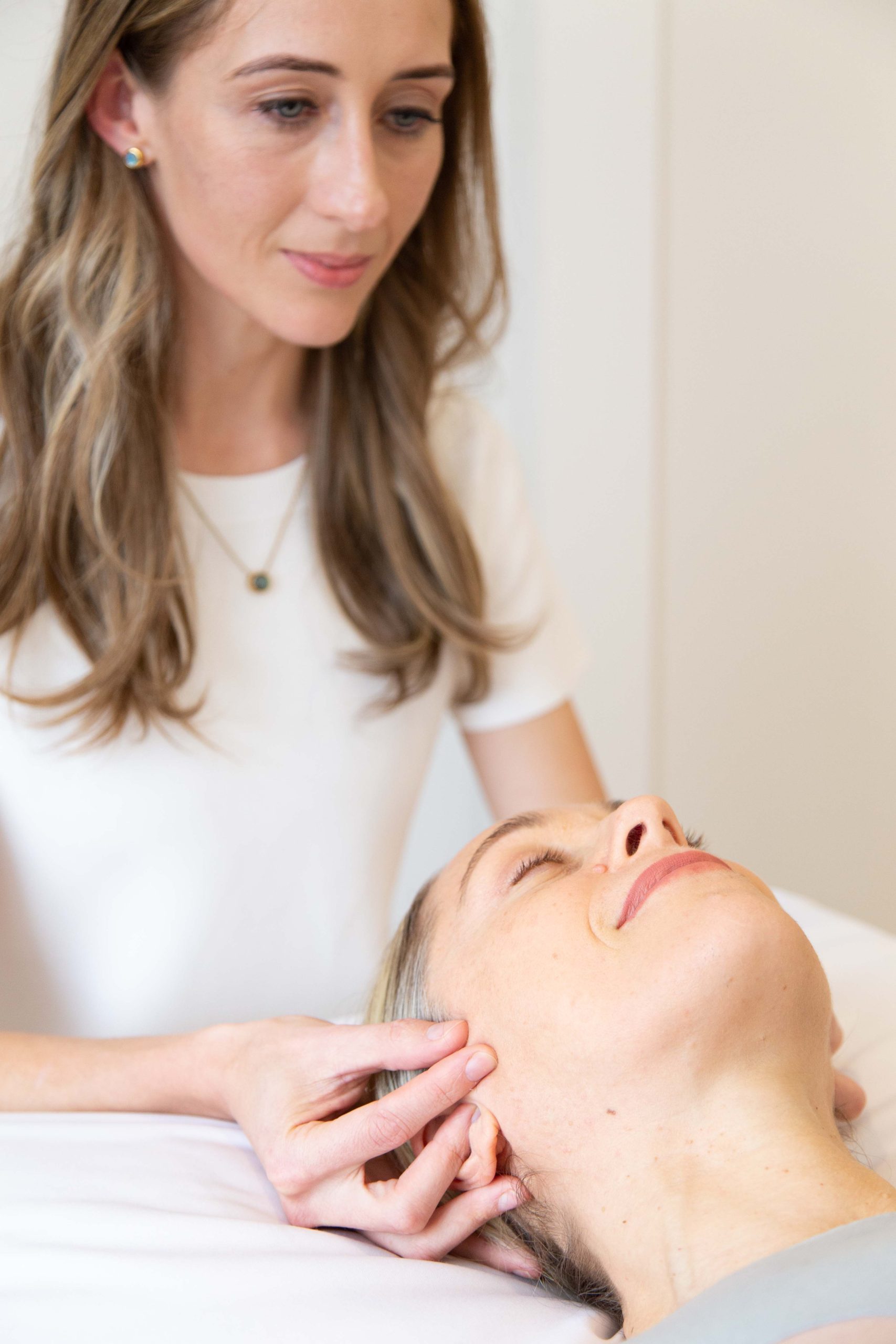
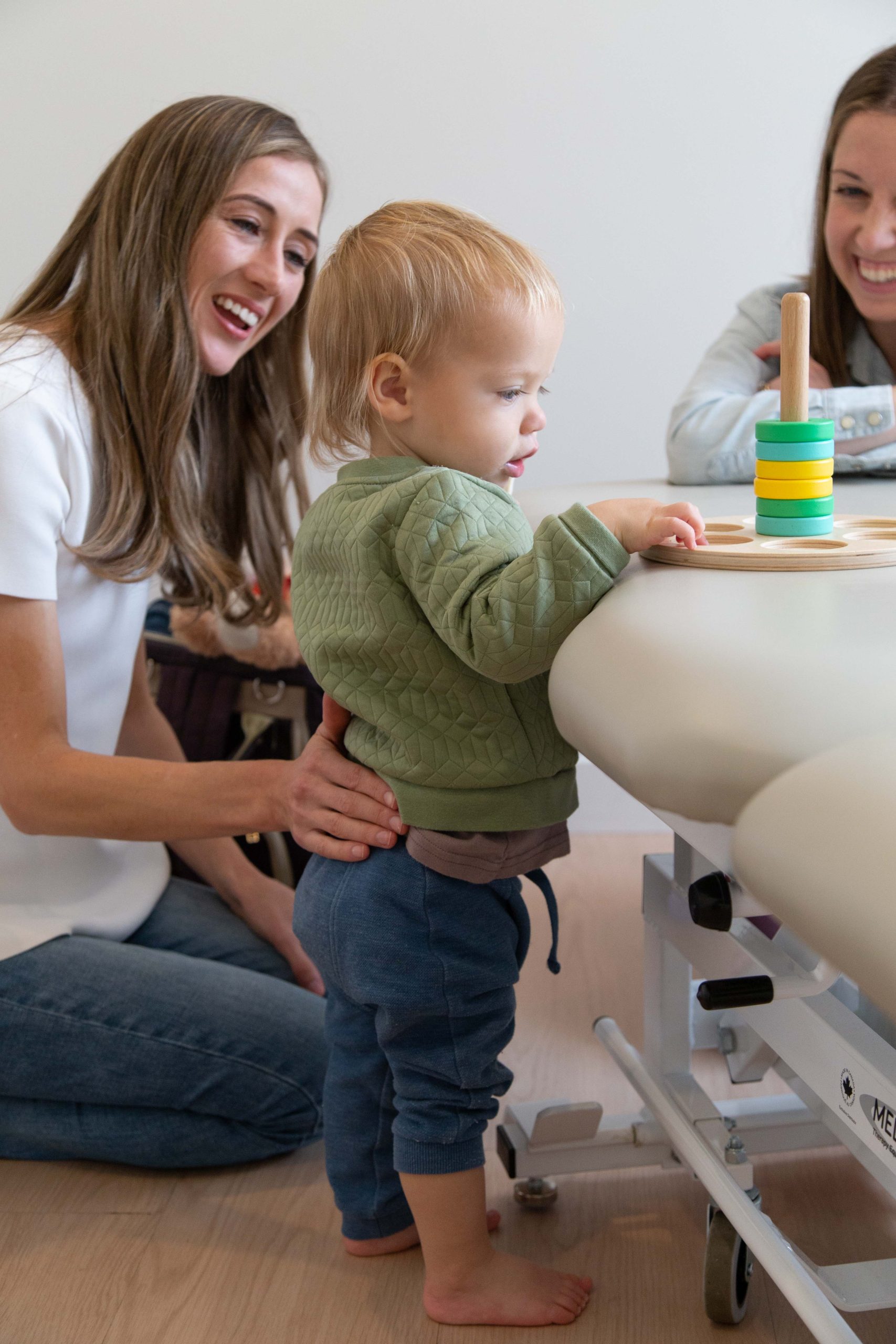
Osteopathy for Children
Children are brilliant. They are intuitively connected to their bodies and often know what is wrong. They have yet to learn to ignore and to disregard pain. If you have ever heard your child complain about something over and over again I would argue they are probably right! All forms of osteopathy are used to treat babies and children. Babies who had a difficult birth, who suffer from colic, have difficulty sleeping, gastrointestinal distress, or latching challenges can all benefit from treatment. Children with anxiety, body pains, incorrect movement patterns, eczema, asthma, IBS, constipation, diarrhea, sleep disturbances can all benefit from osteopathy. Children would seek support for all the same reasons an adult would seek support.
